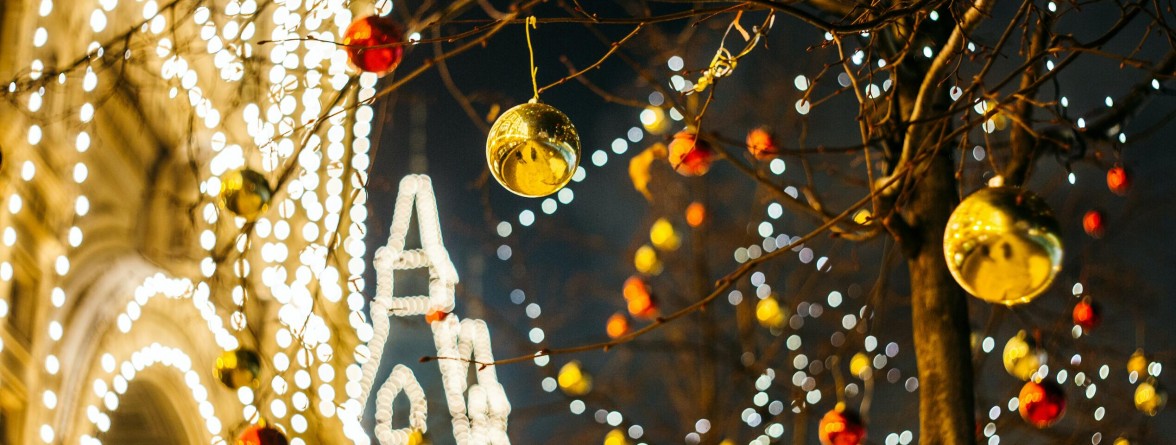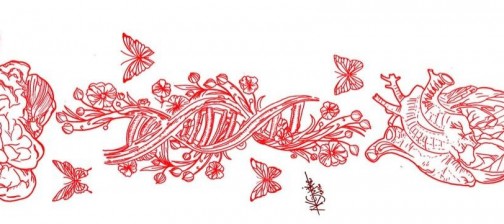By Tyler Wood
Students coming to study at McDaniel Budapest from American Christmas traditions (or anywhere else for that matter) might be surprised that there are a few differences between how Americans and Hungarians celebrate that might seem unusual. Of course, many of these customs are shared to varying degrees across many European nations, and the Magyar Christmas celebrations can be of particular interest to students studying at McDaniel Budapest: the food, the dates, and the cultural minutia.
First and most importantly, there are the dates. What Americans think of as ‘Christmas’ is split into two separate holidays in Hungary: St. Nicholas’ Day and Christmas Day. St. Nicholas’ Day (or you might hear it Hungarianized as Szent Miklós or Mikulás) is celebrated between the 5th and 6th of December. On the night of the 5th, Hungarian children often place a boot or shoes on a windowsill, expecting them to be filled with candy by Szent Miklós while they sleep. St. Nicholas is sometimes referred to as coming with two helpers: an angel who gives presents to the good children and a devil called Krampus who does the opposite; in recent years, the latter has become better known.
This isn’t unusual in Europe; St. Nicholas’ Day is celebrated in many European countries in a similar way. Saint Nicholas of Myra (or Bari) is a canonized saint best known for his generosity and for allegedly slapping the heretic Arius at the first council of Nicaea. Today, ol’ Saint Nick is usually depicted in his classic red and white outfit, but before the 20th century, the red was usually green or tan.
At night while St. Nicholas delivers the presents, the children must be asleep; otherwise, they get only a birch stick (virgács in Hungarian). The day of the 6th is St. Nicholas’ day proper and is often celebrated with a feast. Though there is no consensus as to what is to be eaten, common dishes include fried fish, turkey, bejgli (a brioche with poppy seed or walnut filling), various fruits, gingerbread, garlic, and honey. It’s not that different from typical American Christmas dishes, but it’s important to remember that this is not Christmas! It might confuse some that Hungarian expats sometimes refer to St. Nicholas’ Day as ‘Hungarian Christmas,’ even though Hungarians also celebrate ‘normal’ Christmas as well, though there are still differences.
On Christmas Eve, December 24th, Hungarians decorate their houses for Christmas and make another feast, with food similar to that of St. Nicholas Day, but fish soup and stuffed cabbage are also common. Hungarians typically decorate a tree by hanging ornaments and candy from it, and the presents are wrapped and placed below the tree. For Christmas in Hungary, it isn’t St. Nicholas who brings the presents, but baby Jesus, and the presents are given out in the evening of the 24th after the meal.
It’s important that we remember that these are generalizations about national traditions, but many people have their own regional, cultural, and familial traditions, which someone may or may not follow. For instance, it’s common in America for Jewish families to go out for Chinese food on Christmas, December 25th, but not all Jewish people follow this tradition, of course. The same goes for Hungarian traditions, which may differ from place to place in Hungary and abroad.
Sources:
https://en.wikipedia.org/wiki/Christmas_in_Hungary
https://www.npr.org/2017/12/25/573415894/why-do-jewish-people-eat-chinese-food-on-christmas







